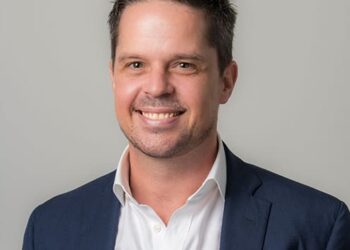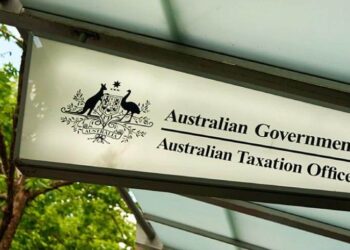Country head and managing director of Legg Mason Australia Andrew Sowerby said while the low interest rates have seen increased demand for fixed income strategies from SMSF and retail investors, it still remains the most “unloved” asset class in Australia.
“The Australian market place is typically underweight fixed income investments, when compared and contrasted with both retail investors and institutional investors on a global basis,” said Mr Sowerby.
While this makes sense historically, he said, because cash rates were nominally high, with cash rates now much lower, SMSF professionals, he said, may want to encourage their clients to explore other asset classes, like fixed income, that can generate more attractive income without the volatility of equity investments.
“If you look at the last 10-year period, an investment in Australian bonds over 10 years on average, based on Morningstar data, on average gave a higher annualised return than cash,” he said.
“If you were to do one thing over the last 10 years, it would be to hold a portfolio of Australian fixed income. It’s been a very strong asset class over that period of time.”



Many SMSF Trustees and the public struggle with the complexity of trying to price if a bond is fair value. That is why they tend to stick to Term Deposits and venture in to Bank Hybrids (whether they truly understand the risk is questionable) because they feel they understand what they are getting especially if picked up in the IPO at the $100 face value. Terminology and jargon is a huge barrier to entry i to this sector.